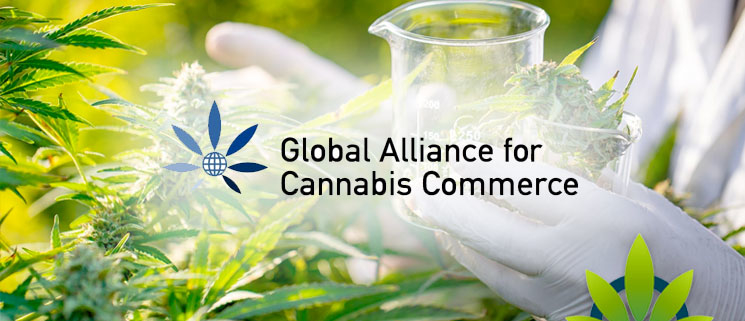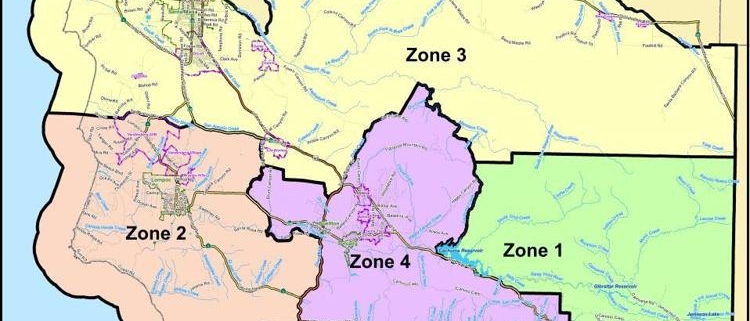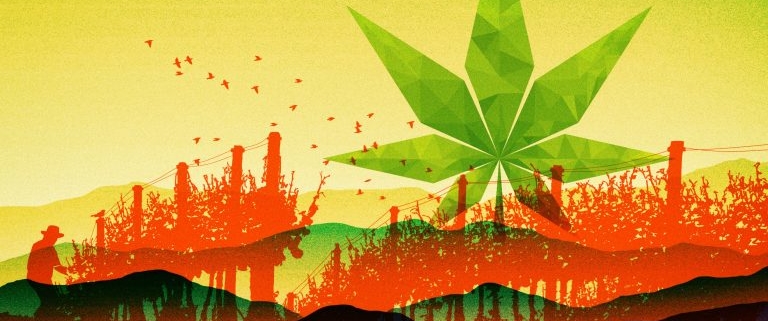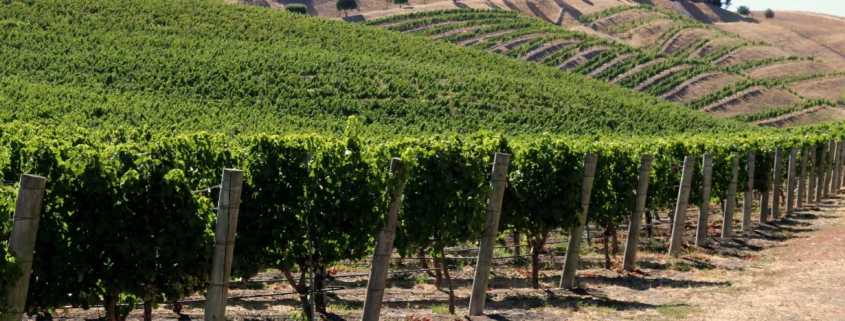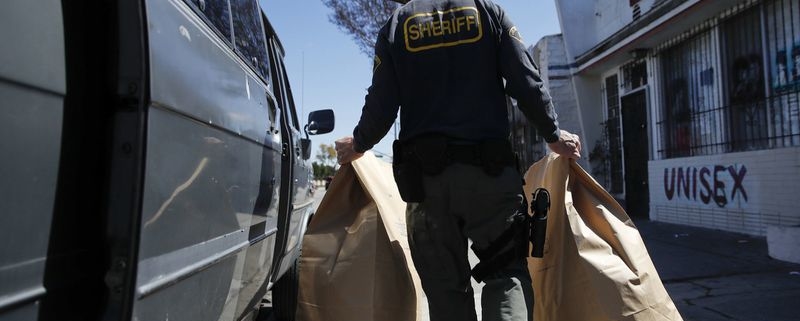Noozhawk, August 20, 2019
Cannabis farms will have to use odor- control systems earlier in the permitting process, the Santa Barbara County Board of Supervisors decided Tuesday after years of nuisance complaints from neighbors of marijuana farms. The supervisors also unanimously voted to deny an appeal by Maureen Claffey, with the Concerned Carpinterians community group, of a Carpinteria Valley cannabis farm at 3561 Foothill Road.



